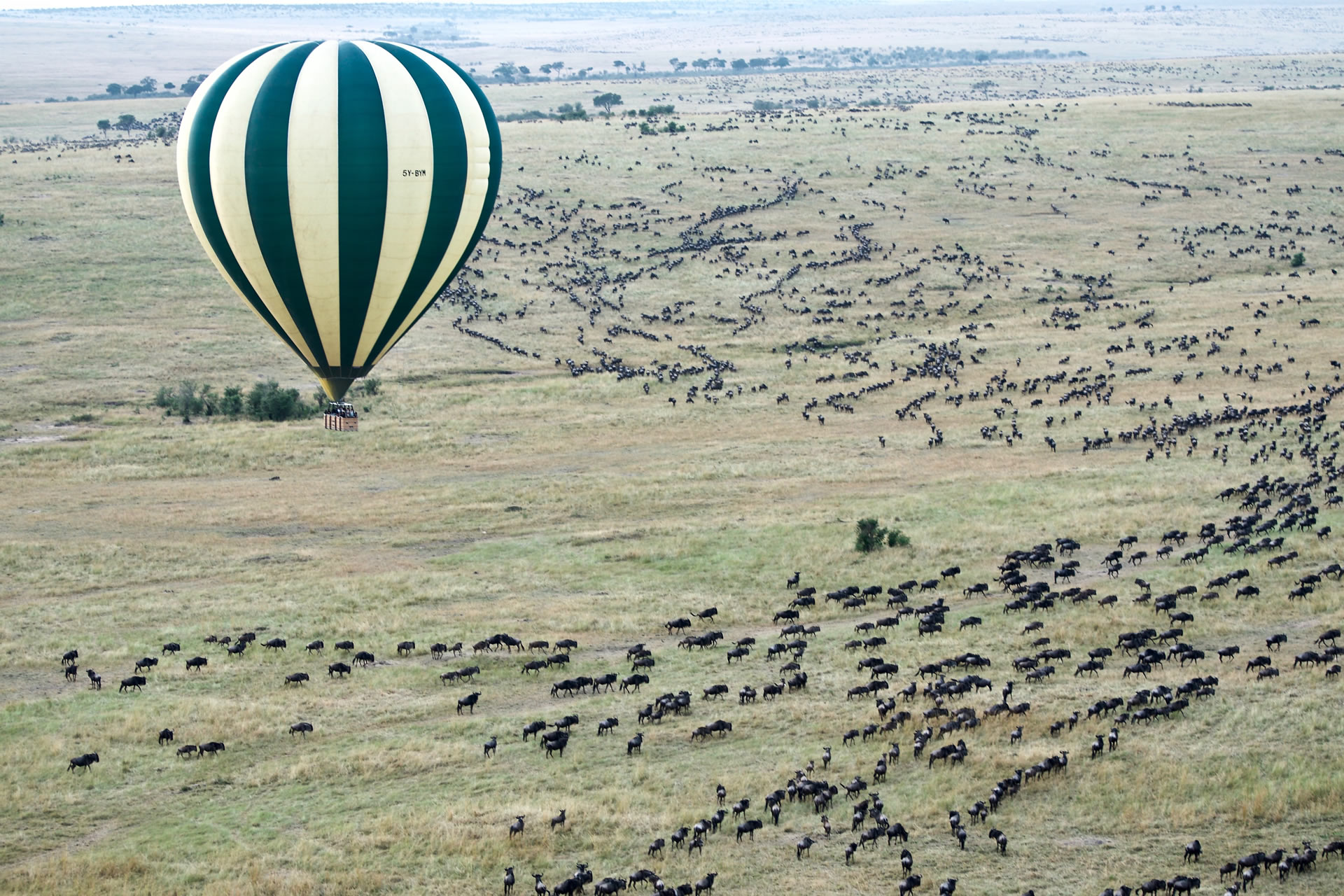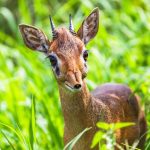The Serengeti Four Regions and Why They Are Important
The Serengeti Four Regions and Why They Are Important
The Serengeti. The endless plains and the best national Park in Africa! Even the word itself sounds far away, like a distant galaxy or unreachable star. Yes, we all know the Serengeti is in Tanzania, Africa. Yes, we know that the Serengeti is a place where lions roar and eagles soar, where hyenas laugh and hippos lounge–thanks Disney!–but what exactly is the Serengeti? How does it operate? And for our purposes, what region of the Serengeti is best suited for safari?
Look no further. This post is all about the WHAT, the WHY, and the WHERE of the Serengeti. Where exactly is the Serengeti, and in what sections do safaris typically travel? Because the word Serengeti quite literally means “endless plains” or “the place that rolls on forever,” in local Maasai language. Here, without a compass you could get turned around. Consider this post your compass.
The Serengeti isn’t just some ephemeral dreamscape, but a real one, an ecosystem thriving off its millions of animals, its migrations, its predator and prey drama. It is all one seething mass of life and beauty, and to better understand these various pockets before arriving will give you an advantage. If the migration is what you’re focused on, tracking their movements will help you understand where they’re likely headed in any given season. Here’s our take on the best time of year to view the migration and unique encounters with some of the most stunning creatures on the planet.
Quick History: The Serengeti’s Beginnings
Sometimes mythical places like the Serengeti—or, say, the Egyptian Pyramids, Mount Everest, or the Amazon rainforest—fold so deeply in our imaginations that we forget to realize their true dimensions. To drill down and learn more about their history and nuance is to inject meaning into these destinations. Because the Serengeti is so vast (so vast, in fact, that it should be on everyone’s bucket list: here), let’s waste no time.
t its most basic level, the Serengeti ecosystem is a region of outstanding biodiversity that straddles the political borders of Kenya and Tanzania (mostly in Tanzania). For millennia, these plains were virtually unknown to the outside world, until the end of the 19th century, when Austrian explorers first entered the scene, opening a floodgate of imperial hunting camps.
Wildlife numbers dropped precipitously, until the British ended hunting in a large portion of the area, which would become the Serengeti National Park. The size of Northern Ireland, this park now teems with over 2 million ungulates—wildebeest, gazelles, zebra, and innumerable other species. In 1981, it became a UNESCO World Heritage Site. Learn more here.
Serengeti vs. Serengeti National Park.
Hearing travelers interchange the words “Serengeti” and “Serengeti National Park” is about as common as seeing a blue-balled vervet monkey swinging from the Tanzanian canopy. Technically, they are not the same thing. The Serengeti National Park is a protected area that extends 14,000 sq. kilometers (5,700 square miles) but lives within the greater Serengeti Ecosystem, a much larger region at 30,000 sq. km (12,000 sq miles). The Serengeti includes this national park plus several game reserves.
For our purposes, we will be focusing on Serengeti National Park, the crown jewel of the region, a destination that receives over 350,000 visitors annually.
Four Regions of the Serengeti are Central Serengeti (Seronera), Western Corridor, Northern Serengeti, Southern Serengeti.
When dropping into Serengeti National Park, it can sometimes feel like you had been playing in the kiddie pool all your life and now, all of the sudden: BAM! You are in the deep end now and you must quickly orient yourself. Worry not: Operation Kilimanjaro is here to help.
Each experienced driver-guide knows every nook and cranny of this park, and will provide you with much-needed context along the way. To give you a general sense of the region and all of its parts before you arrive, here’s a look at the four main regions of the Serengeti (The Serengeti Four Regions): Central (Seronera), Western Corridor, Northern, and Southern.
- Region 1: Central Serengeti (Seronera)
If you only had one option for where to maximize your chance of seeing the most amount of wildlife in the least amount of time, better travel to Seronera. In both April and November, wildebeest will be migrating through here en masse. Though you will likely find several other outfitters in this area, this is considered the central heartbeat for the Serengeti. The Seronera River has one of the highest densities of leopards on the planet. Think postcard stretches of savannah, towering acacia and baobab trees, and you.
- Region 2: Western Corridor and Grumeti
Spin your Serengeti dial west and you reach the Western Corridor and the infamous Grumeti River, one of the most dramatic river crossings for the millions of wildebeest that migrate endlessly in search of grasslands and water. The Great Migration makes its way to the Western Corridor late-May through June, and it is here where you will see wildebeest threading past lions and leopards and Nile crocodiles—some over 20 feet long (6.5m)!
- Region 3. Northern Serengeti
By the beginning of July, the migration makes its way north to the upper, lesser-visited reaches of the park, where most of the animals will remain until September. Here you will find more woodlands and hills, along with the main highlight, the Mara River. During this period, wildebeest will cross the river several times, and, like the Grumeti River, these passages can be deadly. Here is some incredible footage of the scale of wildebeest at the Mara River:
- Region 4: Southern Serengeti
Southern Serengeti consists of short-grass plains, and it’s technically where the Great Migration begins. From December to March, wildebeests begin to grow and congregate in number in the south, in regions around Lake Ndutu, shared by both the Ngorongoro and the Serengeti.
Need to visit The Serengeti Four Regions? Book your trip today with AQ Tours & Safaris!



